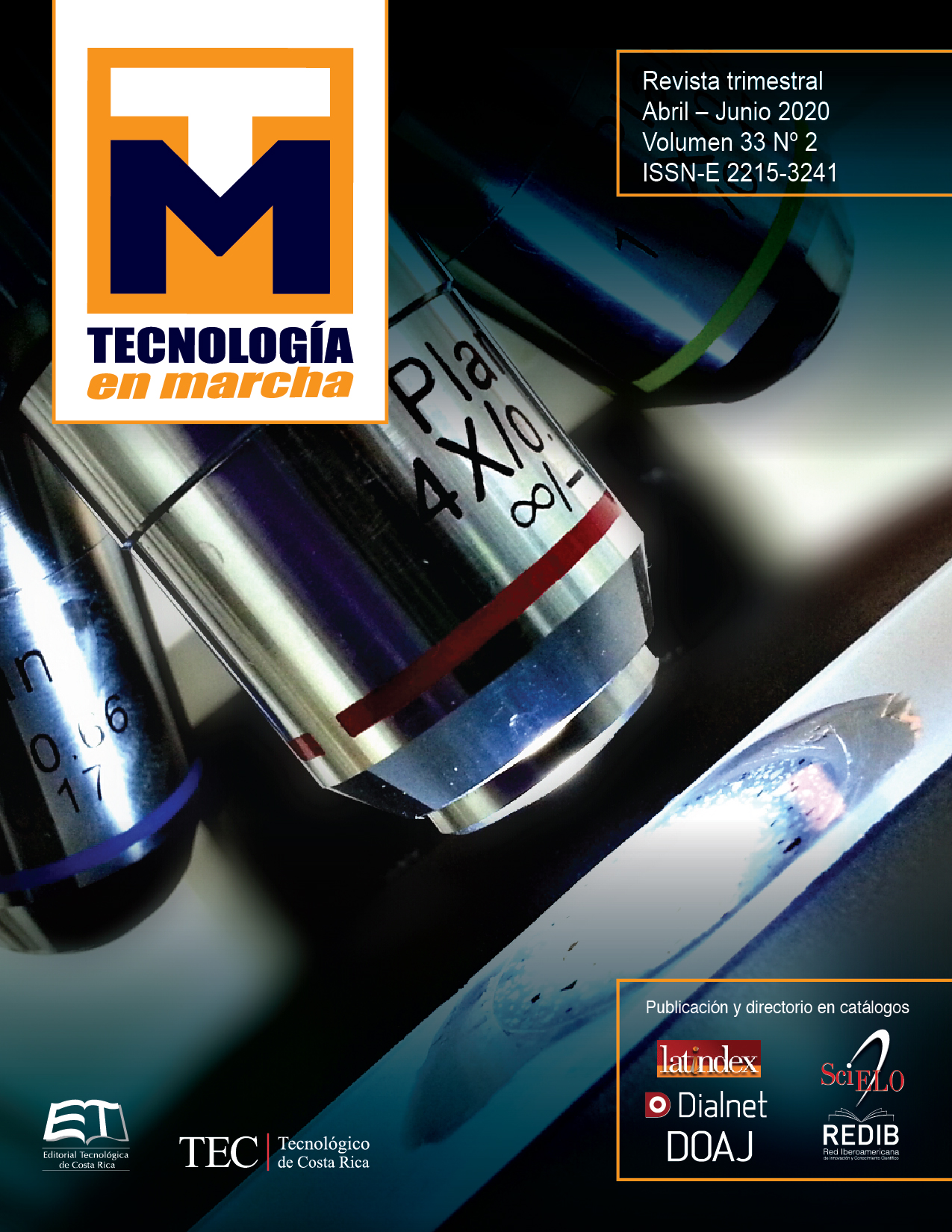Estimación de Heterosis y Heterobeltiosis en Híbridos Interpoblacionales de Tomate de Cáscara (Physalis Ixocarpa Brot.)
Contenido principal del artículo
Resumen
El objetivo de la investigación fue evaluar los progenitores y sus cruzas, y estimar la heterosis y la heterobeltiosis en híbridos de tomate de cáscara (Physalis ixocarpa Brot). Los progenitores fueron UAN CC-S2 (1), un genotipo de Physalis angulata (2), UAN CP-S2 (3), Gran Esmeralda (4), UAN CJ-S2 (5), Rendidora (6) y UAN 133-05 (7). Los cruzamientos planta a planta fueron en invernadero, en otoño-invierno de 2012; la evaluación de cruzas y progenitores se realizó en el municipio de General Cepeda, Coahuila, México, en primavera-verano de 2013, bajo un diseño de bloques al azar con tres repeticiones. En cuanto a rendimiento, la cruza más rendidora fue 3*4, con rendimientos de 47.19 t.ha-1, heterosis de 35.93% y heterobeltiosis de 20.85%; sin embargo, la cruza 1*6 presentó valores mayores de heterosis y heterobeltiosis, 117.91 y 117.62% respectivamente. Para número de frutos por planta, la cruza 7*3 mostró los valores de heterosis y heterobeltiosis mayores, 109.19 y 89.96% respectivamente. En cuanto a peso promedio del fruto, diámetro ecuatorial del fruto y diámetro polar del fruto, la mejor cruza fue la 3*4, que presentó heterosis de 41.17, 11.40 y 12.56% y heterobeltiosis de 37.99, 9.26 y 12.03% respectivamente, si bien la cruza 1*5 mostró valores de 115.91% de heterosis y 107.83% de heterobeltiosis en peso promedio del fruto. Entre las poblaciones estudiadas existe divergencia genética, puesto que presentaron altos valores de heterosis; además, los efectos maternos influyeron de forma significativa en las variables en estudio, indicando la mejor dirección de la cruza.
Detalles del artículo
Los autores conservan los derechos de autor y ceden a la revista el derecho de la primera publicación y pueda editarlo, reproducirlo, distribuirlo, exhibirlo y comunicarlo en el país y en el extranjero mediante medios impresos y electrónicos. Asimismo, asumen el compromiso sobre cualquier litigio o reclamación relacionada con derechos de propiedad intelectual, exonerando de responsabilidad a la Editorial Tecnológica de Costa Rica. Además, se establece que los autores pueden realizar otros acuerdos contractuales independientes y adicionales para la distribución no exclusiva de la versión del artículo publicado en esta revista (p. ej., incluirlo en un repositorio institucional o publicarlo en un libro) siempre que indiquen claramente que el trabajo se publicó por primera vez en esta revista.

